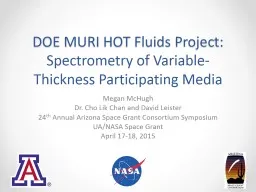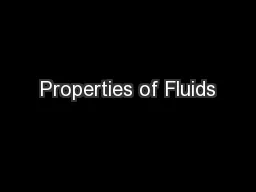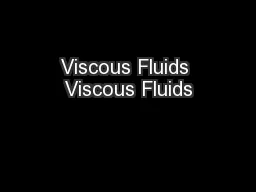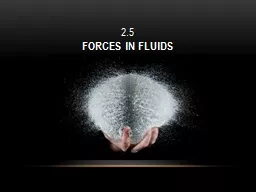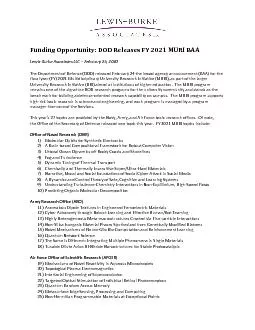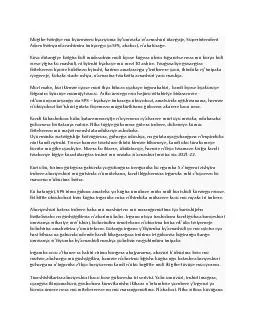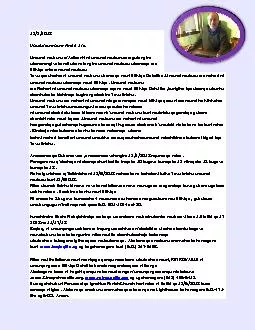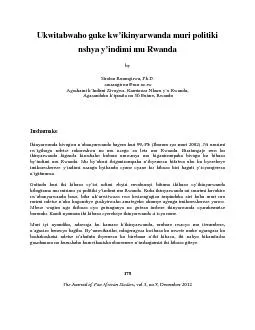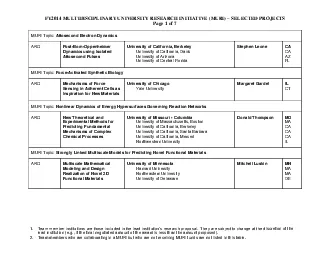PPT-DOE MURI HOT Fluids Project:
Author : broadcastworld | Published Date : 2020-10-22
Spectrometry of VariableThickness Participating Media Megan McHugh Dr Cho Lik Chan and David Leister 24 th Annual Arizona Space Grant Consortium Symposium UANASA
Presentation Embed Code
Download Presentation
Download Presentation The PPT/PDF document "DOE MURI HOT Fluids Project:" is the property of its rightful owner. Permission is granted to download and print the materials on this website for personal, non-commercial use only, and to display it on your personal computer provided you do not modify the materials and that you retain all copyright notices contained in the materials. By downloading content from our website, you accept the terms of this agreement.
DOE MURI HOT Fluids Project:: Transcript
Download Rules Of Document
"DOE MURI HOT Fluids Project:"The content belongs to its owner. You may download and print it for personal use, without modification, and keep all copyright notices. By downloading, you agree to these terms.
Related Documents

